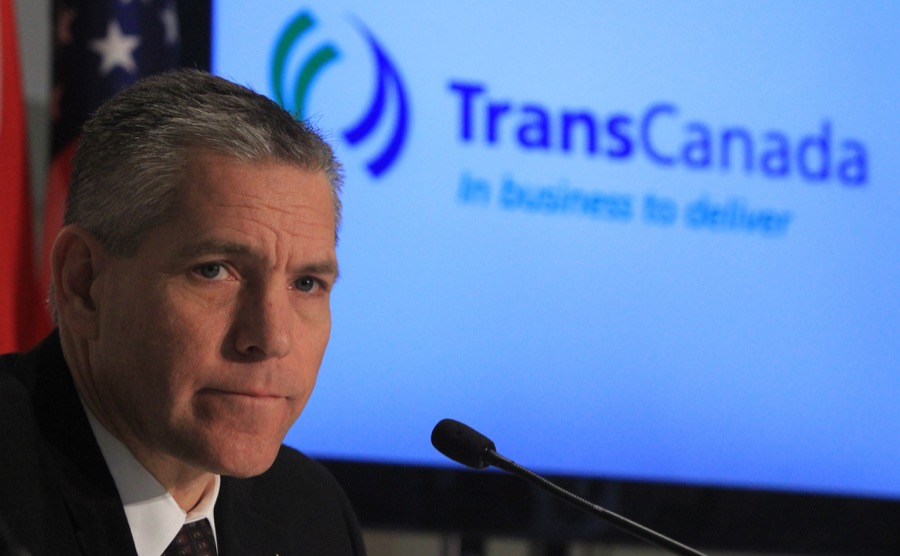South Dakota pipeline spill hits TransCanada shares, Canada crude price

CALGARY, Alberta/LINCOLN, Nebraska Nov 17 (Reuters) – Canadian heavy crude prices and TransCanada Corp shares slid on Friday, the day after the Keystone pipeline spilled 5,000 barrels of oil in South Dakota as officials in Nebraska mulled whether to approve another pipeline proposed by the company.
It was unclear when exports could resume on Keystone, and the leak gave ammunition to environmental groups and other U.S. opponents of another pipeline proposed by TransCanada, the long-delayed Keystone XL.
Calgary-based TransCanada said on Thursday it had contained the leak in the town of Amherst, South Dakota, and was investigating the cause. It said the pipeline will be shut until it gets approval to restart from the U.S. Pipeline and Hazardous Materials Safety Administration. In Nebraska, Keystone XL opponents seized on the spill as an example of its environmental risks.
Art Tanderup’s family farm in Neligh, Nebraska lies in the path of the 830,000 bpd Keystone XL project, another link between the oil sands and U.S. refineries. He said he hoped the spill in South Dakota will help sway any of the five Nebraska commissioners who may be on the fence about whether to issue a permit to TransCanada.
“I hope it sends a message to those five people making that decision on Monday,” said Tanderup. He said the proposed XL pipeline would be built over huge swaths of porous, sand-like soil atop the Ogallala aquifer, putting farmers and ranchers at risk of water contamination if a spill occurs.
”If that happened on our farm we would have so much crud and chemicals in the Ogallala aquifer that we could never clean up,” he said.
The Nebraska Public Service Commission, or PSC, is scheduled to announce a decision on Monday on whether Keystone XL is in the best interests of the state. Its decision focuses narrowly on whether the pipeline is in the public interest, not environmental questions.
TransCanada shares fell 2 percent on the Toronto Stock Exchange to C$61.87 at midday on Friday.
The discount on Canadian heavy crude to U.S. crude widened as traders awaited news on how long Keystone would be shut down.
”PHMSA has deployed four technical experts to the site of the spill. The line has been shut in and our investigation is ongoing,” said Darius Kirkwood, a spokesman for the U.S. agency.
At an estimated 5,000 barrels, it is the largest crude oil pipeline spill in the United States in 2017, tied with January’s spill from the Seaway pipeline near Trenton, Texas, according to U.S. data.
The last time the Keystone pipeline recorded a spill was in April 2016, when about 400 barrels of oil spilled in Hutchinson County, South Dakota.
Export pipeline shutdowns tend to deepen the discount on Canadian crude because barrels get bottlenecked in Alberta, leading to a glut in storage hubs like Hardisty and Edmonton.
TransCanada spokesman Terry Cunha said the company is assisting with the storage of crude in Hardisty, Alberta, where Keystone originates, and that it regrets the impact caused to customers.
Trading volumes were thin as Thursday was the last day of the monthly Canadian crude trading window. There was no trade in barrels for December delivery, according to Shorcan.
(By Nia Williams and Kevin O‘Hanlon; Additional reporting by Ethan Lou in Calgary, Valerie Volcovici in Washington and Kevin O‘Hanlon; Editing by David Gregorio)
More News
{{ commodity.name }}
{{ post.title }}
{{ post.date }}




Comments